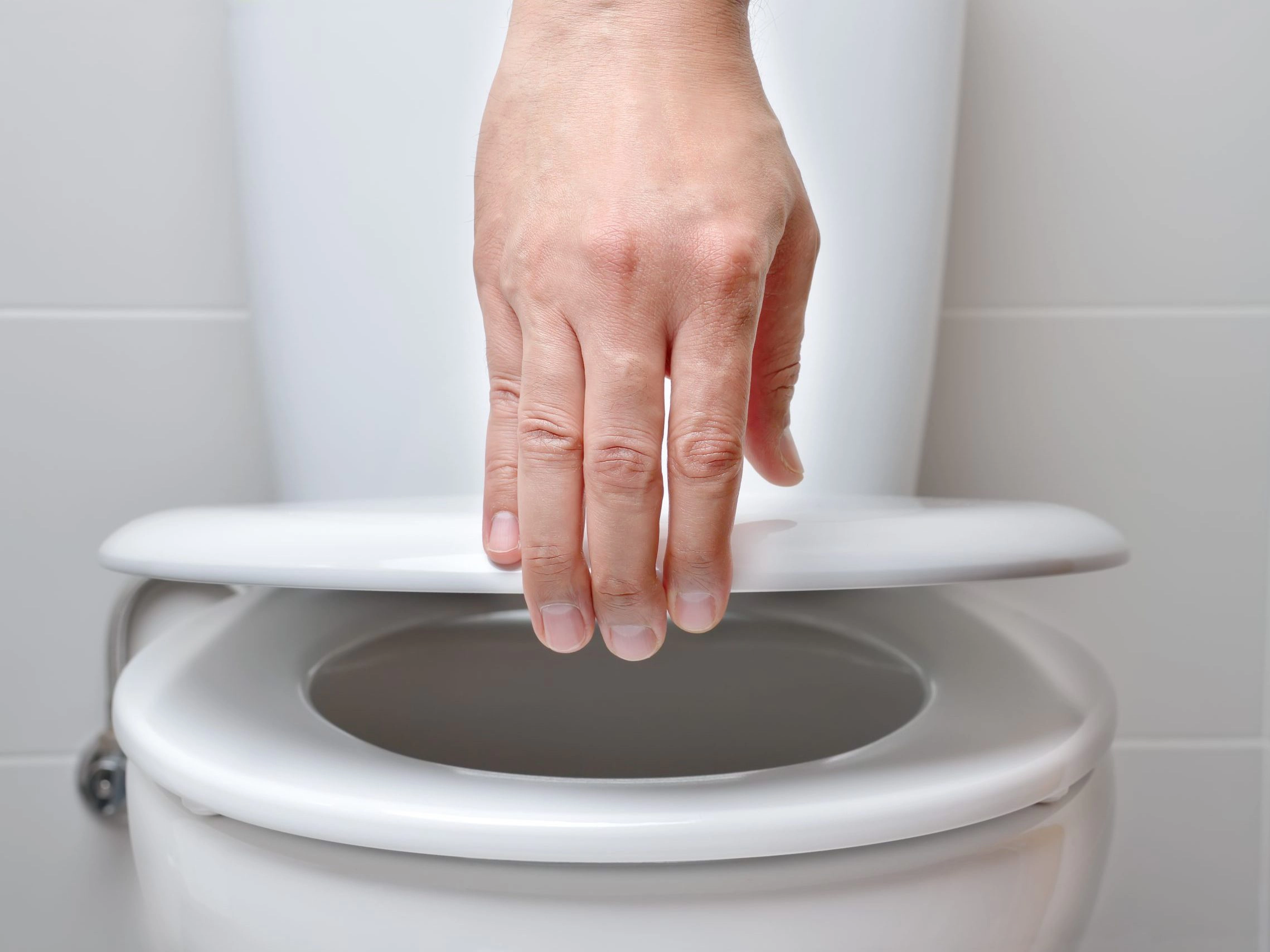We all know that feeling: belly bloating, stomach pain, or even struggling to have a normal bowel movement after indulging in weeks of endless holiday feasts and treats. You find yourself pushing as hard as you can on the toilet, but all you get are small, hard “pebbles.” You also might be skipping your usual morning trip to the “porcelain throne” because you don’t feel the need to go as often as before. These are signs of constipation, which is defined as the infrequent passage and/or difficult evacuation of stool. On the other hand, you might have loose stools and unwanted urges to poop, which we refer to as diarrhea. In either case, it is a very uncomfortable way to ring in the New Year.
Bowel function can be dictated by our lifestyle choices, such as what we eat and drink. This is why inadequate fluid intake and a diet low in fiber can lead to constipation. And if you’re not careful about how you store your leftovers, you could find yourself with diarrhea. After ruling out an underlying GI condition that may be causing your unusual bowel movements, consider changing up what you’re eating.
Stress plays a role in our bowel function, too. Of course, more stress around the holidays can drive you to make poor eating and drinking decisions. But hormones released during this “fight-or-flight response” also cause our GI tract to slow down, thus decreasing the number of times we need to poop. While this happens in some people, others may feel like they need to go more frequently. This is because the same hormones released with anxiety and stress cause our bodies to feel like it has to empty out everything at once.
Finally, a key body area that gets affected by our nutrition, stress, and bowel habits is the pelvic floor. The pelvic floor is a group of muscles at the bottom of our pelvis that allows us to pee, poop, and have sex. When these muscles are relaxed, we can evacuate stool easier and results in nicely formed stools as opposed to “pebbles.” Increased levels of stress have been shown to contribute to tightness and tension in the pelvic floor, which makes it more difficult to expel stool. Aside from stress, poor bathroom habits can negatively impact our pelvic floor and lead to chronic bowel dysfunctions. These bathroom habits can also include how we sit, how long we sit, and how hard we try while we sit.
Here are 7 healthy habits to get your bowels back on track:
- 1. Stop the straining. Believe it or not, straining does more harm than good. Our pelvic floor muscles become overworked and tired from straining. Try taking a few deep breaths to relax your muscles. If you still have trouble after 2-3 minutes, then it’s time to get up and try again later.
- 2. Use a Squatty Potty. Elevating your knees past your hips on the toilet provides a better position for the rectum to evacuate stool. If you don’t have a Squatty Potty, use a step stool or a stack of unused books or magazines.
- 3. Eat more fiber. Consuming more fiber in your diet can increase how often we poop. Adults and children should aim for at least 20-30 grams of fiber a day. The best sources of fiber include whole grains, fresh fruits and vegetables, legumes, and nuts.
- 4. Drink lots of water. Aim for at least half your body weight (pounds) in ounces every day (i.e. 150 lbs = 75 oz). This helps increase the absorption of nutrients in your intestines and enhances the movement of your GI tract.
- 5. Get lots of sleep. Sleep allows us to restore our bodily functions, which helps us reduce stress. Aim for 7-8 hours of sleep every night.
- 6. Exercise. Physical activity increases blood flow and stimulates GI motility. It’s recommended to get 30-60 minutes of exercise 5x/week, but short walks can be a great start to get those bowels moving.
- 7. Pelvic Floor Physical Therapy: You should seek out a pelvic floor physical therapist if you’re still experiencing bowel dysfunctions. At Rebalance Physical Therapy, we provide treatment that includes manual therapy, biofeedback techniques, and corrective exercises to help relax and re-educate the pelvic floor muscles. Through physical therapy interventions, you can be on your way to healthier, more regular bowel movements in 2022!
Written by Kimberly Le, PT, DPT
References:
https://www.ncbi.nlm.nih.gov/pmc/articles/PMC6140151/
https://www.ncbi.nlm.nih.gov/pmc/articles/PMC3544045/
https://www.ncbi.nlm.nih.gov/pmc/articles/PMC4249634/
http://ptj.uswr.ac.ir/article-1-80-en.pdf
https://www.hsph.harvard.edu/nutritionsource/carbohydrates/fiber/
















